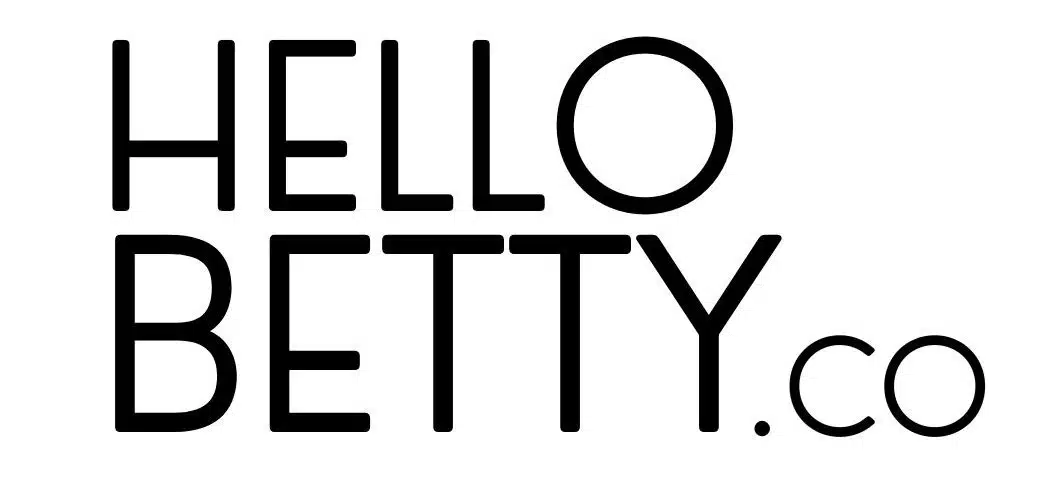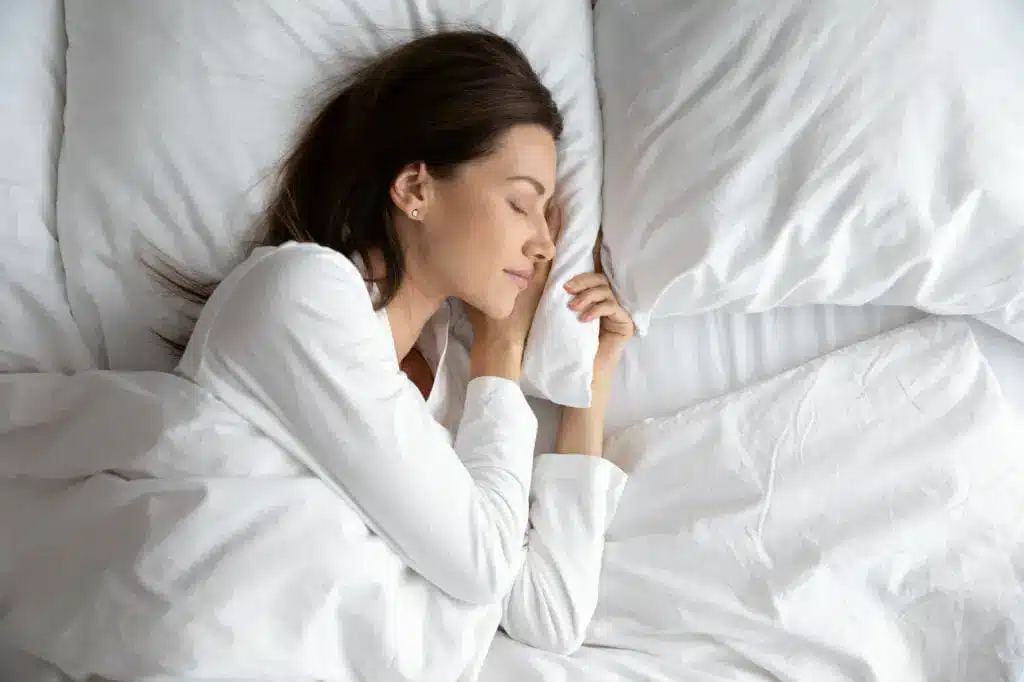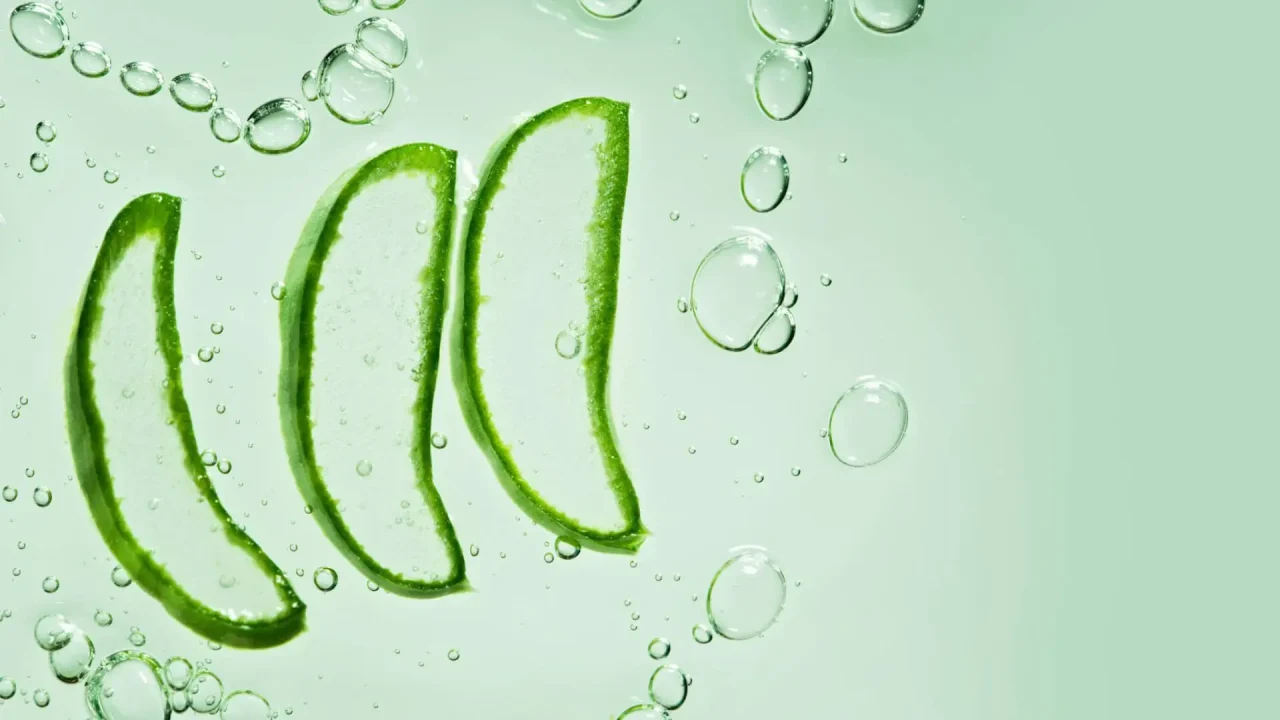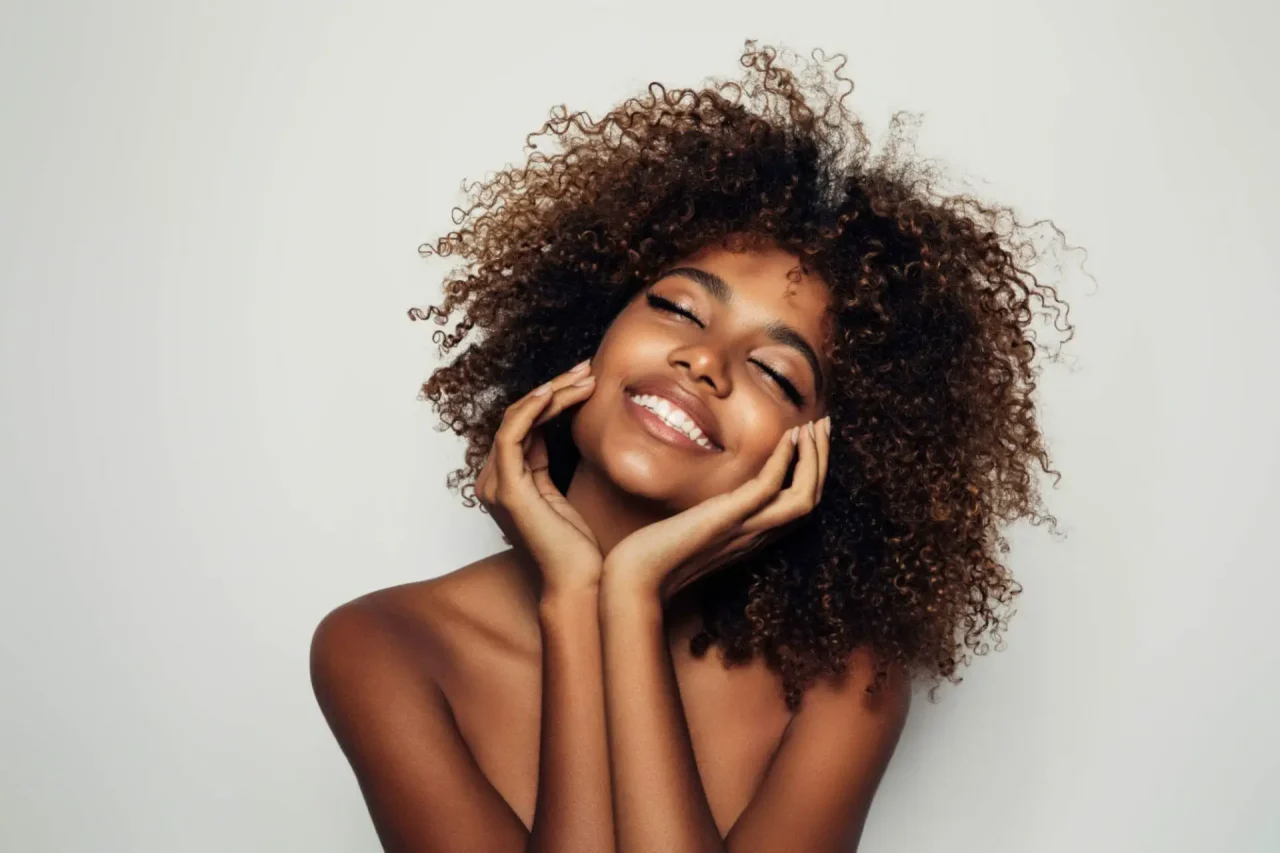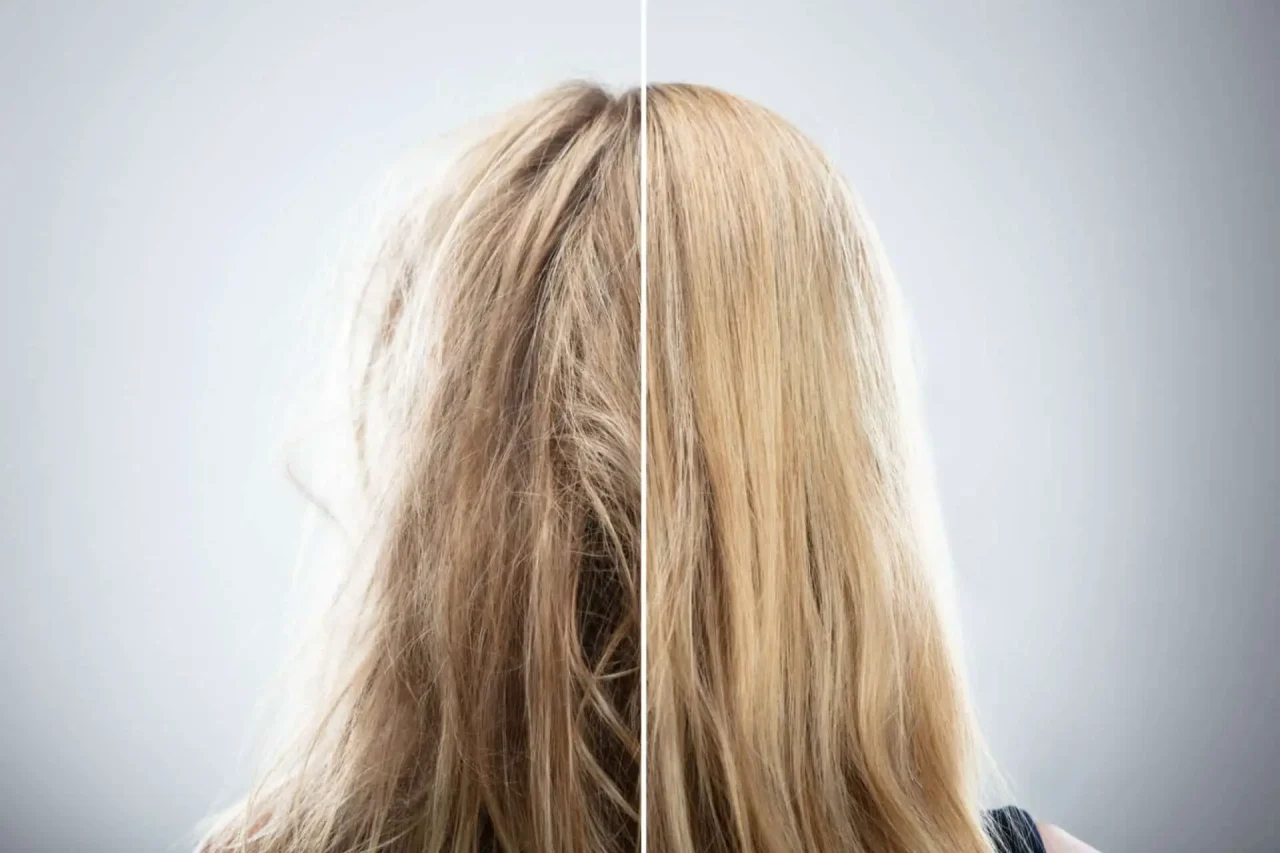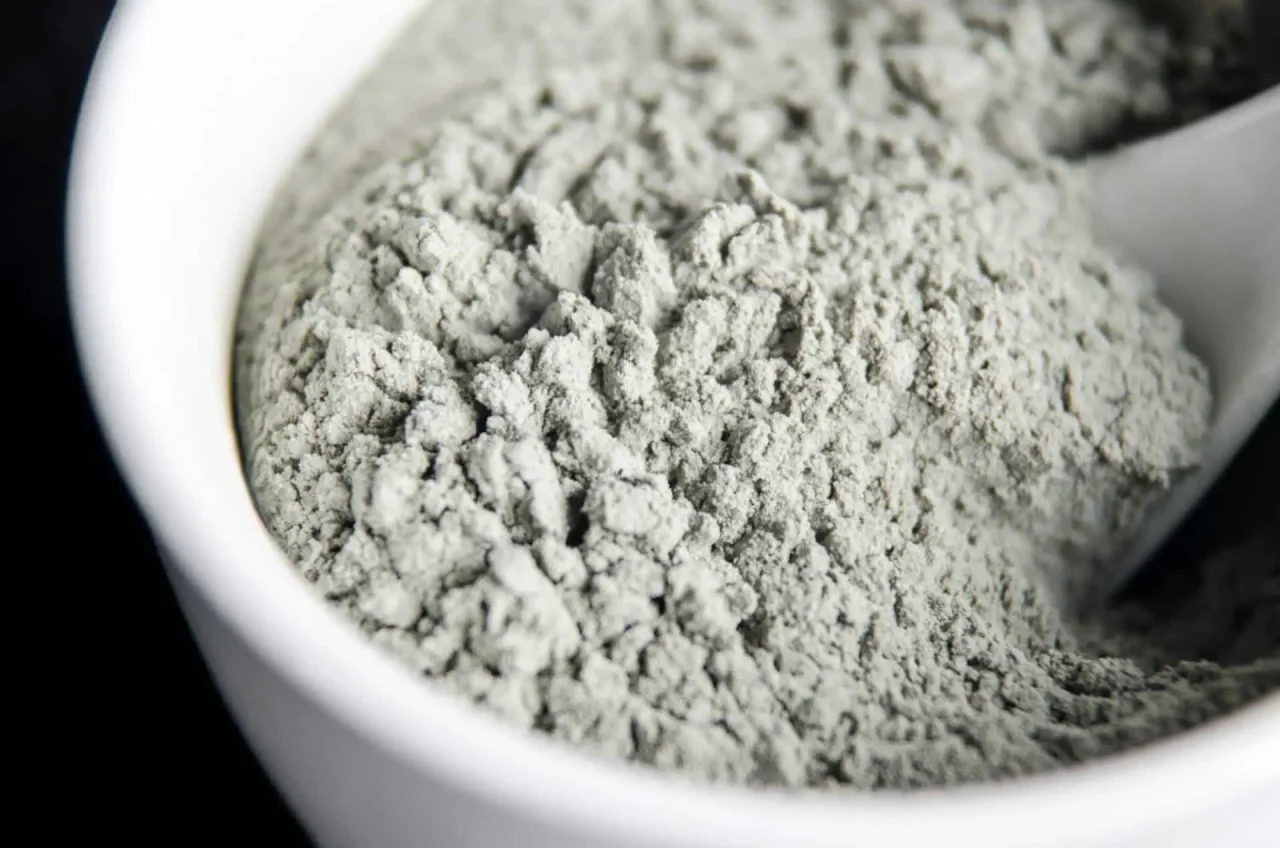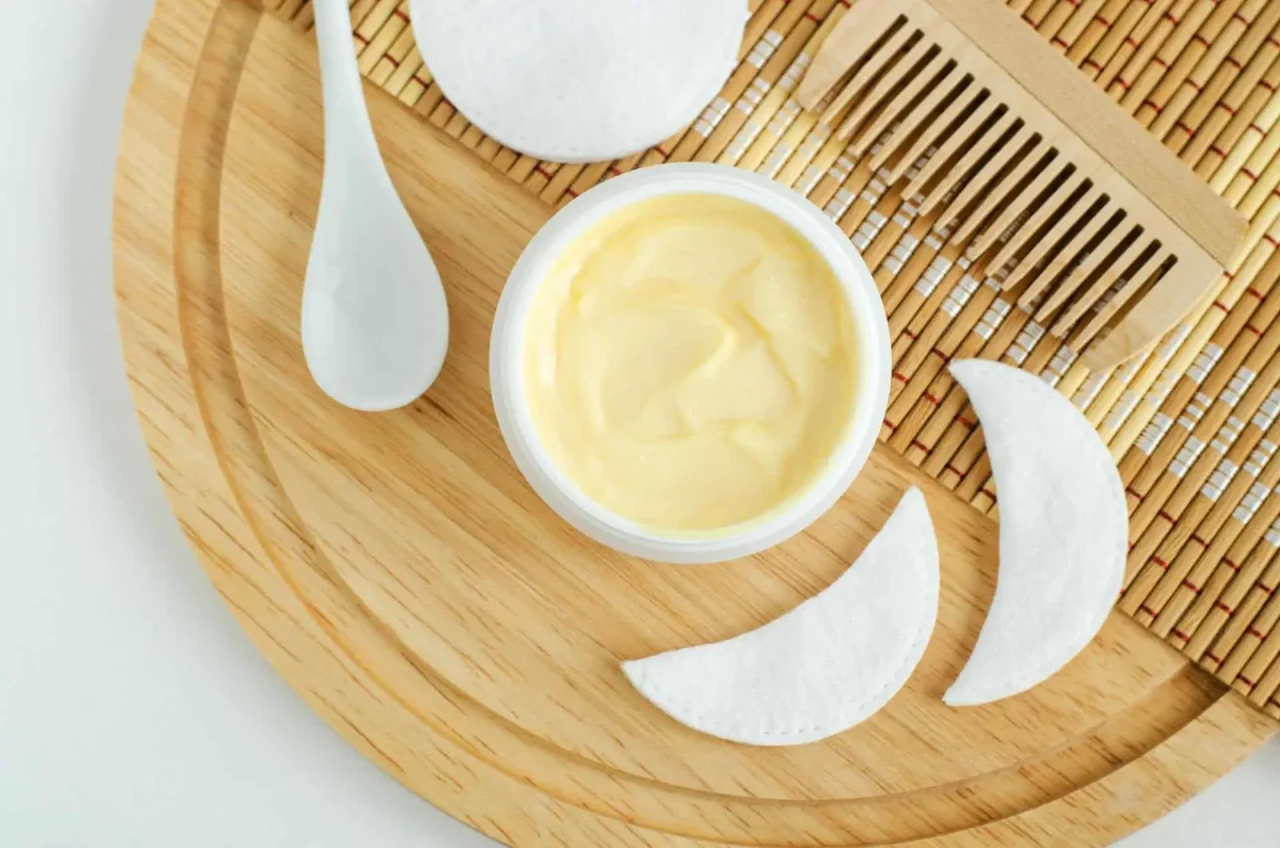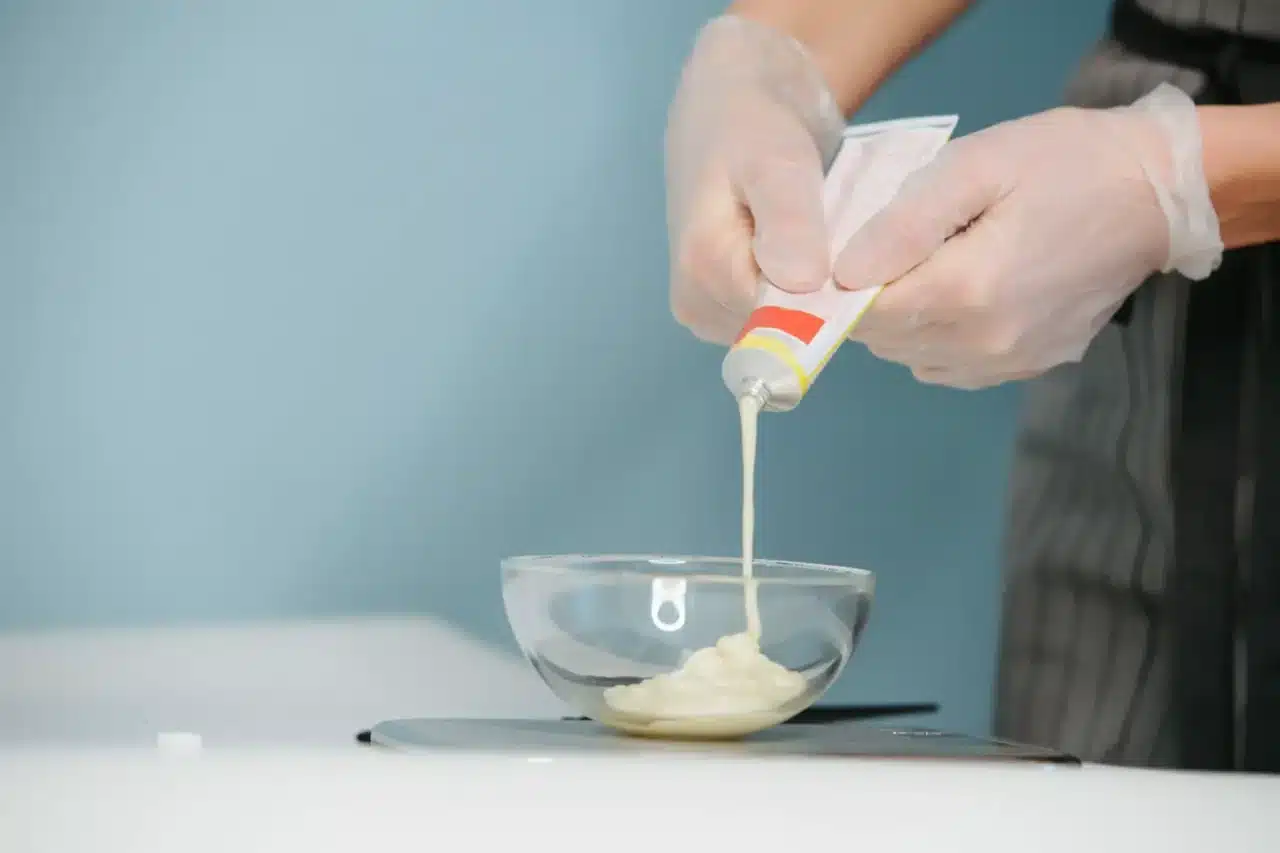How to sleep after Japanese hair straightening?
Here are some tips and tricks on how to sleep after Japanese hair straightening procedure. Don’t forget to check them out before you get your straightening treatment if you want to have the best results.
- Use a satin pillowcase.
- Comb through all knots with a wide-tooth comb.
- Sleep with the right amount of pillows.
- Keep your head elevated.
- Don’t sleep with your hair wrapped in a towel.
- Avoid using heat on your hair, especially on the day of the treatment.
Sleep on a satin pillowcase only for four days after Japanese straightening. Cotton pillowcases may absorb moisture from the hair.
This can lead to frizziness or breakage. A satin pillowcase will allow your hair to glide across it and help keep it smooth and straight.
Note: This post may contain affiliate links, which means if you buy from my link I might make a small commission. This does not affect the price you pay. See the full affiliate disclosure here.
Why is this important?
Sleeping carefully for two nights after getting a Japanese hair straightening can help reduce frizz and make your hair look better longer.
Keep reading if you want to find out more about the Japanese hair straightening procedure and what you should and shouldn’t do.
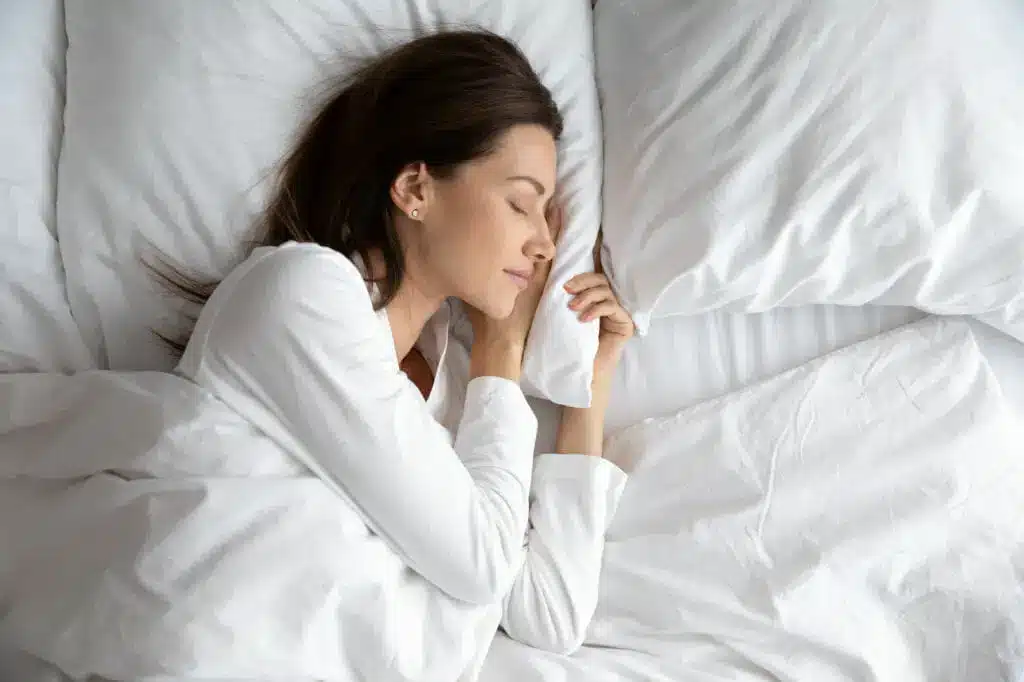
The difference between Japanese hair straightening and permanent hair straightening
Even though many believe that these two treatments are the same, they have some differences that we will look into in detail below. The main ones are the different chemicals, processing time and effects.
The chemicals
Japanese hair straightening is a process that permanently straightens your hair using powerful chemicals. In contrast, permanent hair straightening is a process that uses less powerful chemicals to alter the texture of your hair permanently.
Processing time
Both Japanese and permanent hair straightenings can be done similarly in the salon. However, the processing times are different. Depending on the hair type, it takes 90 minutes to three hours for the treatment.
Also, Japanese hair straightening uses heat, but permanent hair straightening does not.
The effects
The effects of Japanese straightening last longer than those of regular permanent straightening, which tends to last about three to six months.
Japanese hair straightening works on curly and wavy hair, but permanent hair straightening won’t work on curly and wavy hair.
Now that you know the difference between these two hair straightening treatments, you can decide which ones work best for you. You should also consider our other blog post about permanent straightening if you want to know even more.
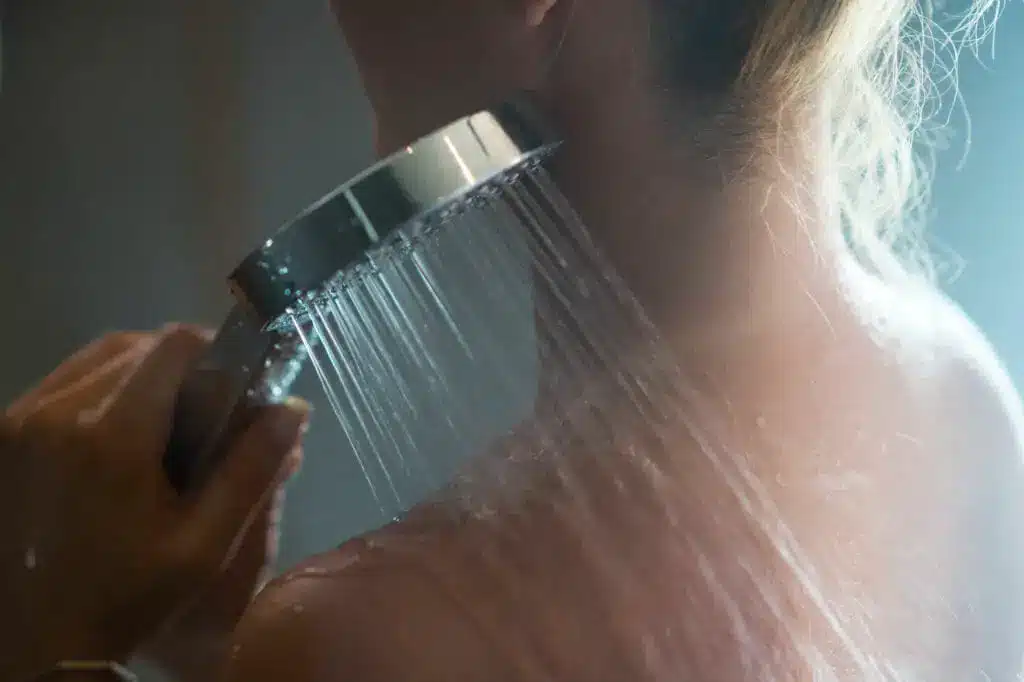
When can I shower after Japanese hair straightening?
You can shower after 48 hours after getting your hair straightened. Avoid using hot water or steam when you are showering, as heat can cause your hair to curl and lose its new, smooth texture.
Hair should be fully dry before applying any products to it, including hairspray and gel. Do not use products that have silicone, like serums or leave-in conditioners, for at least a month.
Dry your hair with a clean towel and let it air dry, or use a blowdryer on the low setting to style it.
Pro tip: I would recommend Palmer’s Olive Oil Formula Smoothing Shampoo after this treatment.
If you need to get your hair wet, use a shower cap and a special conditioner to keep it moisturized. You can’t go swimming for at least two weeks after having your hair straightened.
Be careful not to scrub your hair or expose it to extreme heat while it is still recovering from the chemical treatment.

What can you not do after Japanese straightening?
- You can’t wash your hair until the next day.
- You can’t wet your hair at all.
- You can’t swim until a week after the treatment.
- You can’t expose your hair to saltwater or chlorine for at least 6 weeks.
- You don’t want to risk damaging the flat-ironed portions of your hair by pulling it back into tight ponytails, braids, knots, etc.
- Avoid excessive heat on your hair and scalp for at least 10 days following the procedure.
- Do not use hot rollers, curling irons, flat irons, or blow dryers on your hair for at least 10 days.
There are a few simple things to avoid after Japanese straightening. We have the most important ones above. Do you have any other suggestions? Feel free to share your thoughts in the comments.
How long does a Japanese straight perm last?
The durability of the perm depends on your hair type, the quality of the solution used, and how you care for it. The average is about 6 months.
Thin, fine hair tends to hold a perm for a shorter period of time than thick, coarse hair. Avoid heat when styling your hair if you want your perm to last as long as possible.
Keeping your scalp healthy and moisturized can reduce breakage, so keep your curls looking soft and healthy by not washing your hair daily.
To protect your straight perm from damage that can make it frizz up or curl again prematurely, don’t use products containing alcohol – which can dry out the hair shaft – or any other harsh chemicals.
Japanese straight perm is a very popular hair treatment. The technique is similar to your average chemical permanent because it involves the application of chemicals to your hair.
Conclusion- How to sleep after Japanese hair straightening?
Some of the tips include sleeping on a silk pillowcase, elevating your head, and avoiding using a towel. We have made a complete list above on this page.
Sleeping on cotton or other fabrics could cause frizziness or breakage, especially if you still get used to your newly straightened hair.
Permanent hair straightening takes much longer to achieve permanent results than Japanese hair straightening and causes less damage than Japanese straightening but more damage than relaxers and lye flat irons.
Pro tip: Use satin ribbon or silk scrunchies to prevent breakage by eliminating friction and pulling.
We hope this blog post answers some of the burning questions when it comes to Japanese straightening techniques. Have you ever tried it? Which hair straightening technique do you prefer? Let us know everything in the comments below.
